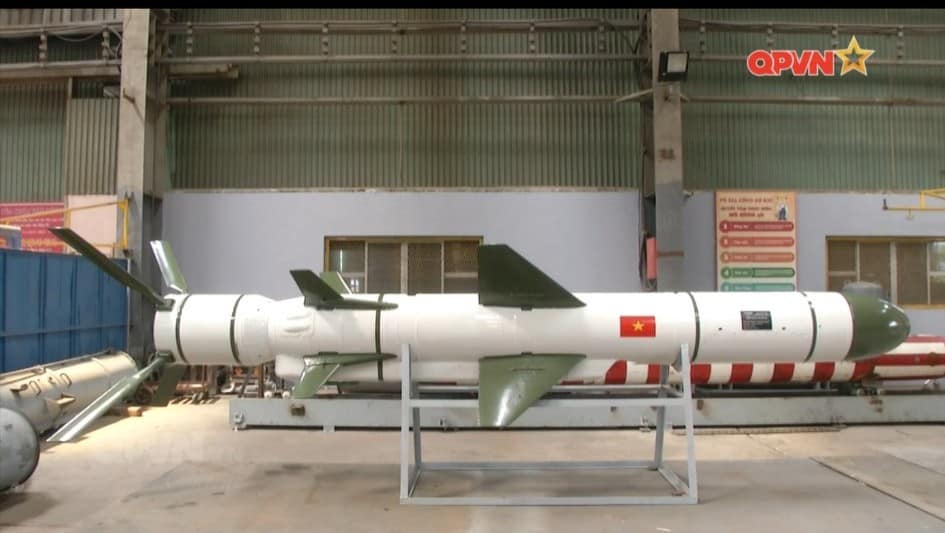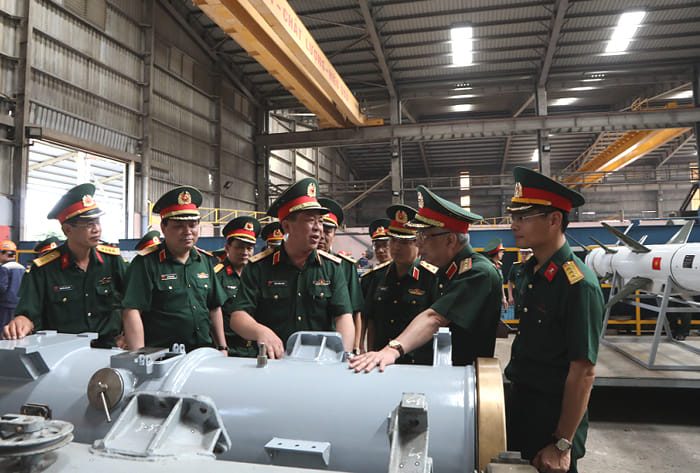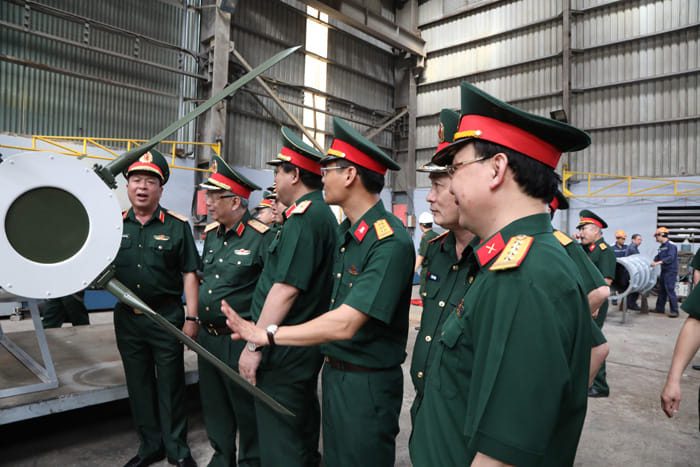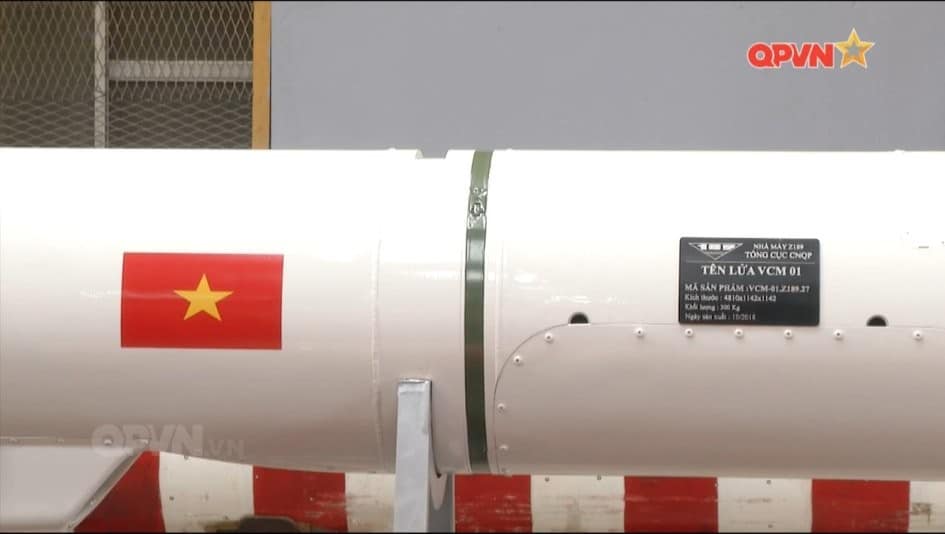The production of the KH-35UE anti-ship missile (also known as Uran-E system) began under the designation VCM-01 at Vietnam’s Z189 shipyard.
The KH-35UE anti-ship missile is an export version of Russia’s KH-35U anti-ship missile.
According to Vietnamese media, the Z189 shipyard is operated by the Ministry of Defense of the Socialist Republic of Vietnam and it will carry out serial production of the VCM-01.
Electronic components for the Vietnamese analogue of the 3M24E anti-ship missile will be supplied by the Viettel Military Industry and Telecoms Group.
Vietnam became the second country in the Asia-Pacific region to develop its own missile based on the Russian Uran-E. The first such country was North Korea, which previously showed images of a missile that looked very much like a Russian medium-range anti-ship missile.
Back in 2019, the Vietnamese Pohang type corvette upgraded with KH-35 Uran-E missile. The Vietnamese Pohang Flight III-class submarine guard installed their own versions of the Russian missile, the Uran-E anti-ship missile on a Pohang type corvette (former RCC 765 Yeosu) received at the end of 2018 as military aid from the South Korean Navy.
Pohang-class guard vessels are medium-sized with a length of 88.3 m, width of 10 m, draft of 2.9 m and the amount of water expansion fully 1,300 tons. CODOG engine (combined diesel and gas turbine) allows the ship to run with a maximum speed of 32 knots, cruising speed of 15 knots, with a range of 4,000 nautical miles (7,400 km), having a crew of 95 people.
The weapons fitted to the Plight Flight III class of the Pohang class include two 76.2 mm Oto Melara Compact cannons with a barrel that is 62 times longer than the diameter (76 mm / 62). In addition, the ship also has two 40 mm/70 double-barrel quick-firing Dardo artillery platforms, in addition to supporting the 76 mm gun in destroying small targets.
The Uran-E missile is a subsonic weapon featuring a normal aerodynamic configuration with cruciform wings and fins and a semisubmerged air duct intake. The propulsion unit is a turbofan engine. The missile is guided to its target at the final leg of the trajectory by commands fed from the active radar homing head and the radio altimeter.
From 2001–2015, Russia supplied Vietnam with 198 Uran-E missiles for sea-based use. By June 2016, Vietnam was planning to start serial production of their indigenous anti-ship missile based on the Uran-E, covering three types of missiles for sea-launched, air-launched, and coastal defense as part of the 3K60 Bal/SSC-6 Sennight mobile coastal defense system.
It appears that the time has finally come to produce more of these indigenous missiles based on the Uran-E.
MORE ON THE TOPIC:









